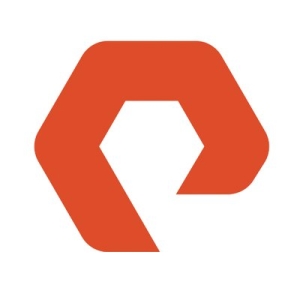Service and Support
Customer service and support for Pure FlashArray X NVMe receive high praise for responsiveness and expertise. Users appreciate swift resolutions and clear communication pathways, even with third-party vendors. Although positive feedback dominates, a few note initial challenges and the preference for direct engineer contact. Language limitations and occasional logistical inefficiencies are mentioned. Generally, experiences indicate outstanding technical assistance and efficiently handled escalation processes, despite some constraints in communication and support coordination preferences.
Deployment
Pure FlashArray X NVMe setup is widely praised for its simplicity. Many users find it straightforward, with most implementations completed quickly, often within a few hours or days. It eliminates complexity, allowing organizations to handle setup in-house, often without needing dedicated support. Users highlight that it requires minimal maintenance post-deployment. Documentation proves helpful, and setup experiences are often rated highly for ease, ranging from eight to ten on an informal scale.
Scalability
Pure FlashArray X NVMe demonstrates impressive scalability, allowing organizations to scale both up and out. Users can easily expand capacity with minimal latency impact, although some note limitations in capacity customization. The system integrates well with existing architectures, providing seamless upgrades with no downtime. Many found the procedure for expansion intuitive and efficient, fitting diverse business requirements. While considered expensive, its ease of use, particularly for medium to large enterprises, is consistently emphasized.
Stability
Pure FlashArray X NVMe demonstrates high reliability in mission-critical environments. Users report seamless non-disruptive upgrades from older models to current ones. Many have rated its reliability highly, often between seven and ten out of ten. Instances of failures are minimal, with excellent support in resolving any issues promptly. There are isolated accounts of minor glitches during upgrades. Users emphasize minimal downtime and consistent performance, appreciating accurate delivery on promises made by Pure Storage.




